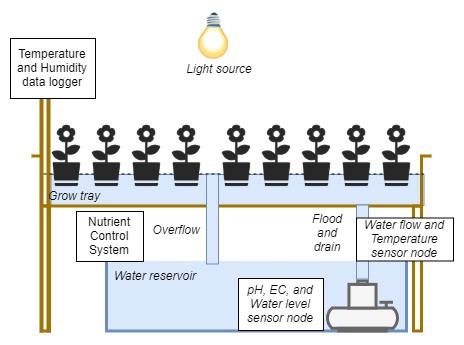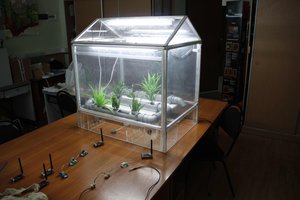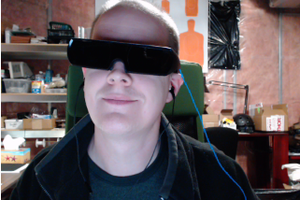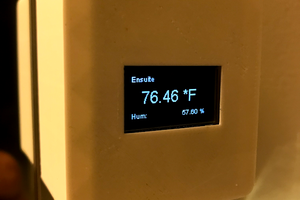The aim of this project is to develop a cheap smart urban farming solution.
Some of design constrain that I use in order to define my project goal :
1. A simple construction that can be easily replicated.
2. A simple sensor system that can be easily modified (Add/Remove/Change).
3. A simple control and monitoring system.
4. Cheapest component available that have a good reliability and accuracy.




 Osman Mazinov
Osman Mazinov
 panovvv
panovvv
 Minimum Effective Dose
Minimum Effective Dose
 B K
B K